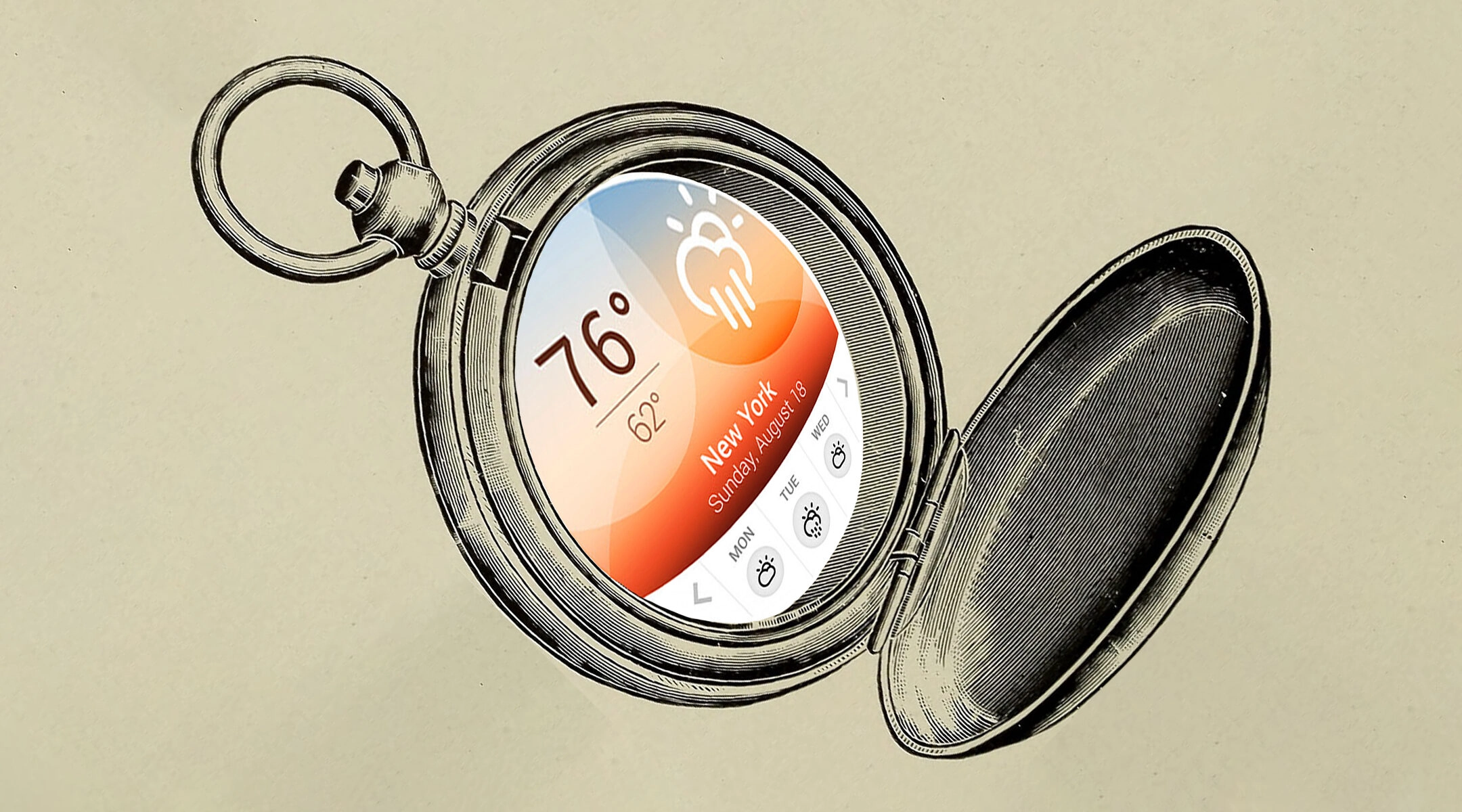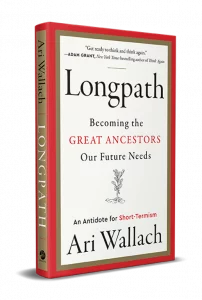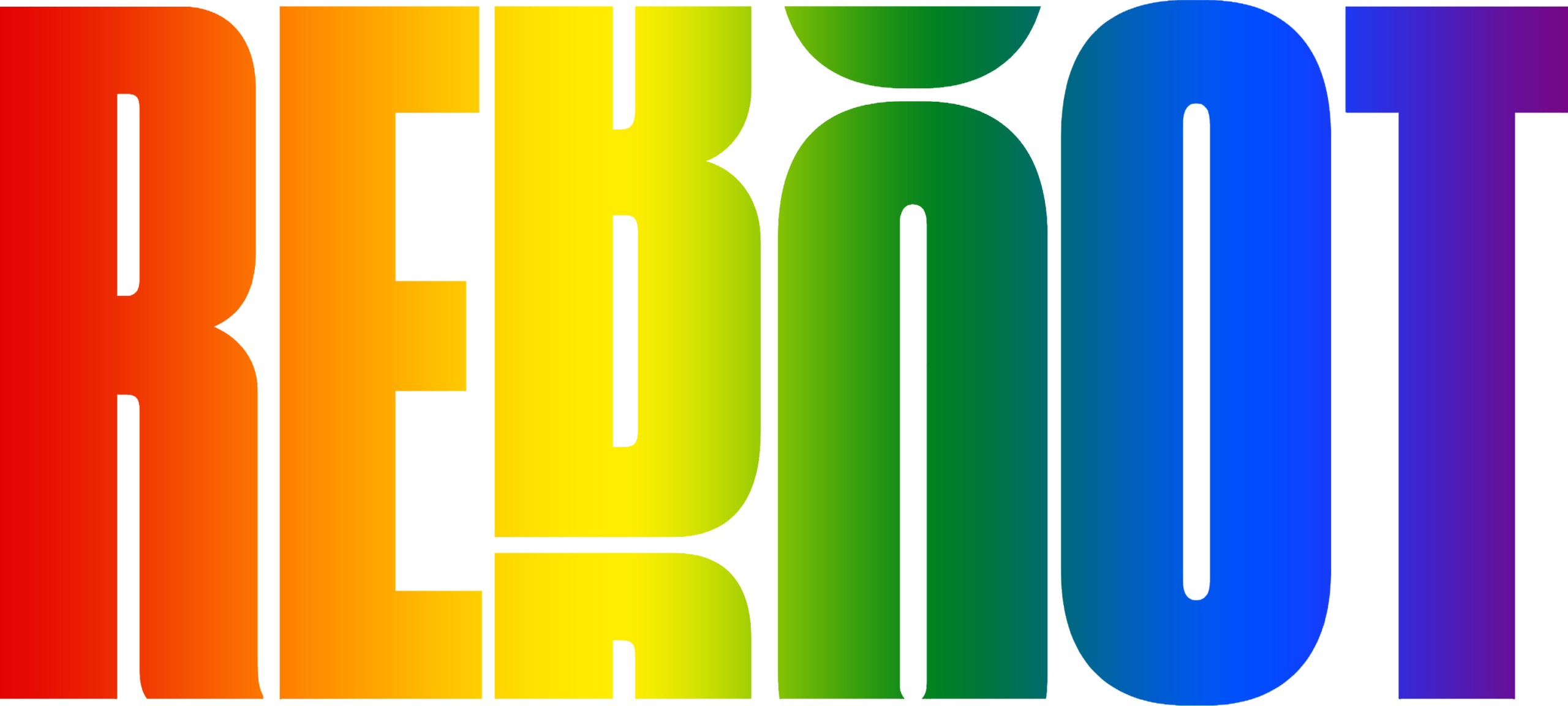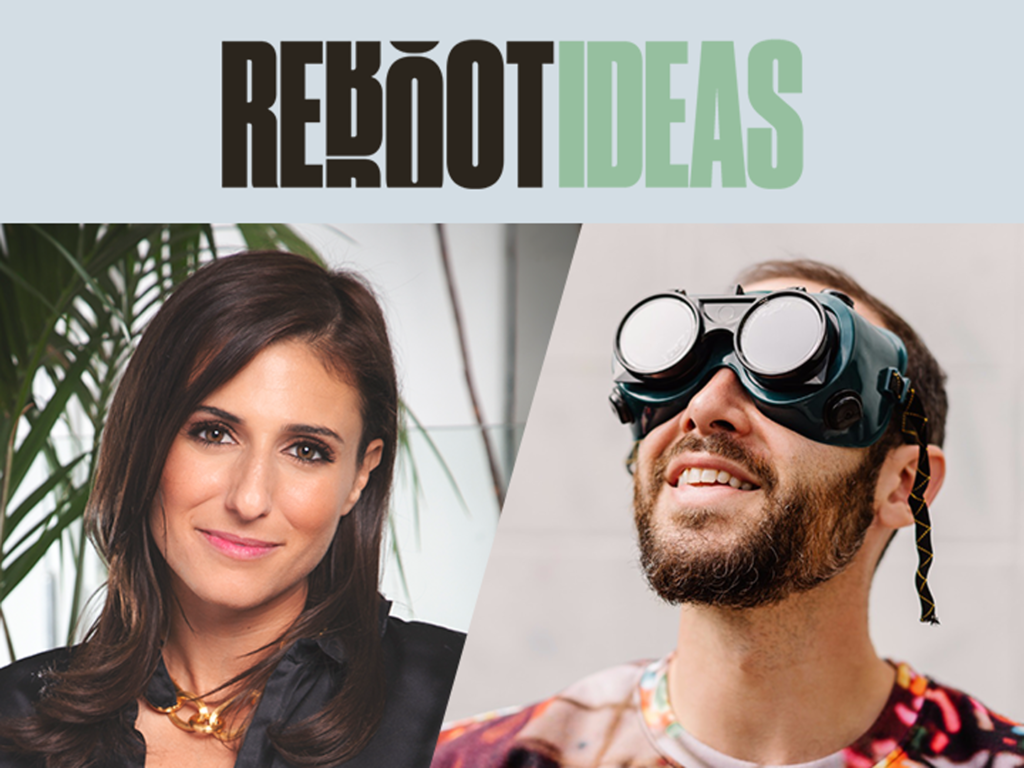How “Longpath: Becoming the Great Ancestors Our Future Needs” is a Jewish Book

Graphic for JTA by Grace Yagel
Reboot Network Member Ari Wallach shared the concept behind his new book Longpath: Becoming the Great Ancestors Our Future Needs, and how it is a Jewish book.
He opens the book with the story of Choni and the carob tree. He said the next 203 pages is basically extending the “Why, How and Now What” of this story for our current moment in human history: One day a man named Choni was walking along and saw a man planting a carob tree. Choni asked him, “How many years will it take until it will bear fruit?” He said to him, “Not for seventy years.” Choni said to him, “Do you really believe you’ll live another seventy years?” The man answered, “I found this world provided with carob trees, and as my ancestors planted them for me, so I too plant them for my descendants.”
—FROM THE TALMUD (TA’ANIT 23A)
 Many years ago I was asked to speak, on short notice, at a symposium in Geneva about the future of the global climate refugee crises. It was an important opportunity, but attending meant I was going to miss my 11-year-old daughter Eliana’s choir concert, the one for which she had been rehearsing for months. I was crushed, but no compromise was possible — I’d be on the other side of the globe for every performance.
Many years ago I was asked to speak, on short notice, at a symposium in Geneva about the future of the global climate refugee crises. It was an important opportunity, but attending meant I was going to miss my 11-year-old daughter Eliana’s choir concert, the one for which she had been rehearsing for months. I was crushed, but no compromise was possible — I’d be on the other side of the globe for every performance.
To my great shock, Eliana didn’t care, at least not exactly.
“It’s okay, dad,” she said. “If you miss it, you miss it. But do me a favor. When you are here, how about actually being here?”
I was stunned, a little hurt, but I knew just what she was talking about. For the past year-plus, I’d been wandering around the house, conducting half my business by cell phone, distracted even when I was playing a board game with her. In the great way that children can state a complex thing simply and purely, my daughter had summarized our whole culture’s dilemma.
Stuck in a forever state of reactive short-termism — an almost obsessive focus on the near future — glued to our devices and grappling with never-ending “breaking news” and business plans measured in hours and even minutes, we’ve become too much tree and not enough forest. News about the most recent COVID variant, for example, is a tree. Being part of my kid’s growing up? That’s the forest. Our short-term addictions, understandable as they are, are obscuring our longer term potentials….
So why is a futurist, who works with multi-national organizations, governments and leading foundations, and whose TED talk has been viewed several million times, writing about conversations with my children?
The future is not just about flying cars, jet packs and robots doing our laundry. Nor is it just about climate change, rampant inequality or the loss of global biodiversity. Taken together, these aspects — good and bad — leave us with an incomplete picture of tomorrow’s promises and perils.
The huge challenges we face as a society are going to require significant action at a political level.We need to vote at the booth and at the check-out counter in a way that aligns with our values. But that is not enough. Shaping the future also entails doing something beyond the political, something in some ways more difficult and definitely closer to home. Shaping the future towards a world we want to see necessitates that we connect with each other — at the human-to-human level — in a way that has significantly more impact than just how we vote or consume.
How?
Trim tabs. Trim tabs are the small edges of a ship’s rudder that, although tiny, can make a huge impact on the direction of the ship. The futurist Buckminster Fuller used the metaphor of a “trim tab” to explain how even small actions could have massive long-term effects, especially when scaled across populations.
Shaping the long-term trajectory of society means connecting with others through a lens of empathy and with an eye on how those interactions will ripple out through time. What makes you a futurist — someone who cares and wants to shape society towards a better tomorrow — is putting your device down when your child enters the room and thinking about how your every action will play out over generations. This is the mindset of a true futurist. This is longpath thinking.
At its heart, the belief in a longpath or “longer-term” mindset is a Jewish one. After all, we’re the people who have dragged our story along to every outpost — the people who have waited on and insisted upon a future return. And just as our Passover story promises a transformation that does not happen overnight, the longpath view says that, yes, you can be an agent of change, not just a slave to the current climate, but it’s going to take some work.
For me, the High Holy Days manifest the essence of a longpath outlook best of all. Rosh Hashanah both reaps the harvest of the past and points us toward our most profound wishes for the future year — but you can’t get there without a Yom Kippur. On this day of teshuvah, which means repentance and return, we understand that to look ahead of us requires that we first look back on the year past and engage in an honest reconciliation with all we have been and all those we have wronged — both in our own eyes and God’s. It’s hard work, but if we do this with an open heart, we have a chance to not only envision a better future, but to participate in creating it — for us and for others.
The longpath view doesn’t just look deep into the future, but deep into the past. It holds that you cannot consider the future without transgenerational empathy, a clear accounting of all the preceding generations went through. Then, when you are ready to face the days, months, years, decades and centuries ahead, you must do your future-oriented thinking with future generations in mind. After all, your community and your world will belong to them….
Consider what can happen in two centuries. How would you like the world to look in Year 6000 and what are you willing to do to help make it that way?….
What kind of a world do you want your descendants to live in? What do we have to do collectively to co-create that future?
We don’t need the answers this instant, but we do need to start making the small actions and asking the big questions right away.
This article was originally published by the Jewish Telegraphic Agency. Read the full article here.
Ari also recently appeared on Lewis Howes’ podcast The School of Greatness. Listen here.
Ari Wallach is a futurist to Fortune 500 companies, global nonprofits and philanthropists and is the author of “Longpath: Becoming the Great Ancestors Our Future Needs” (HarperOne, Aug. 16, 2022). Ari is also the co-creator of the 2008 presidential campaign-focused initiative, The Great Schlep with Sarah Silverman, and was formerly adjunct faculty at Columbia University lecturing on artificial intelligence, public policy and strategic futuring.

